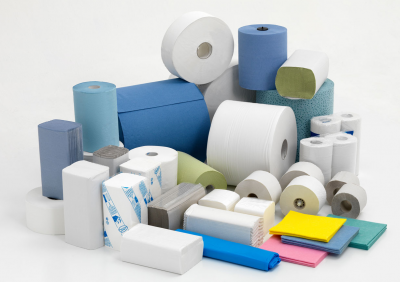Use of Heat Exchangers in the Paper Industry
Before explaining the use of Heat Exchangers in the Paper Industry, let’s examine their intended use. In the paper industry, heat exchangers are used for a number of important purposes such as temperature control, energy efficiency and product quality.
Areas of Use of Heat Exchangers in the Paper Industry
- Paper Making: During the paper production stage, the pulp may need to be kept at a certain temperature. Heat exchangers ensure that the pulp remains at the desired temperature so that product quality can be controlled.
- Drying: It is important to dry the pulp used in paper production. Heat exchangers save energy by recovering the heat used to dry the pulp.
- Paper Coating: Some types of paper, especially wrapping paper, are coated. During the coating process, hot air is used to accelerate the drying of the coating. Heat exchangers reduce energy costs by recovering heat in this process.
- Heating of By-Products: By-products formed during paper production (for example, waste paper pulp) can be recycled and reused. These byproducts may need to be heated during processing or recycling. Heat exchangers increase efficiency by recovering some of the energy used in heating these byproducts.
- Energy Recovery: Some of the heat generated during paper production is generally considered waste. However, by using heat exchangers, this waste heat can be recovered and reused in processes. This reduces energy costs and increases factory efficiency.
- Heating Chemical Reactions: Some chemical reactions used in paper production occur in certain temperature ranges. Heat exchangers provide the temperature required by these chemical reactions and ensure the stability of the process.
 Paper and Pulp Applications
Paper and Pulp Applications
-
- Heat condensate systems
- Condensate stripper preheater
- Heat recovery
Benefits of Using APV Heat Exchangers
- Wide selection of plates and gaskets resistant to aggressive process fluids
- Ease of cleaning and installation
- Having welded and unwelded plate parts
- Reducing the possibility of leakage with limited gasket usage design
- Flexible structures to meet variable process needs
- Up to 97% heat recovery
- Efficient work
- Low costs by reducing the heat transfer area you need thanks to high thermal efficiency
- Low fluid operating costs due to low initial fluid requirements
- No need for complex maintenance such as X-Ray, ultrasonic and other non-destructive testing procedures in maintenance
- While the exchanger operates safely, the need for inspection and maintenance is reduced due to the corrosion-resistant material
- Reduces costs as heat exchanger life is long
- No moving parts eliminates vibration and reduces maintenance
- Reducing pollution ensures high thermal efficiency while reducing maintenance and operating costs





